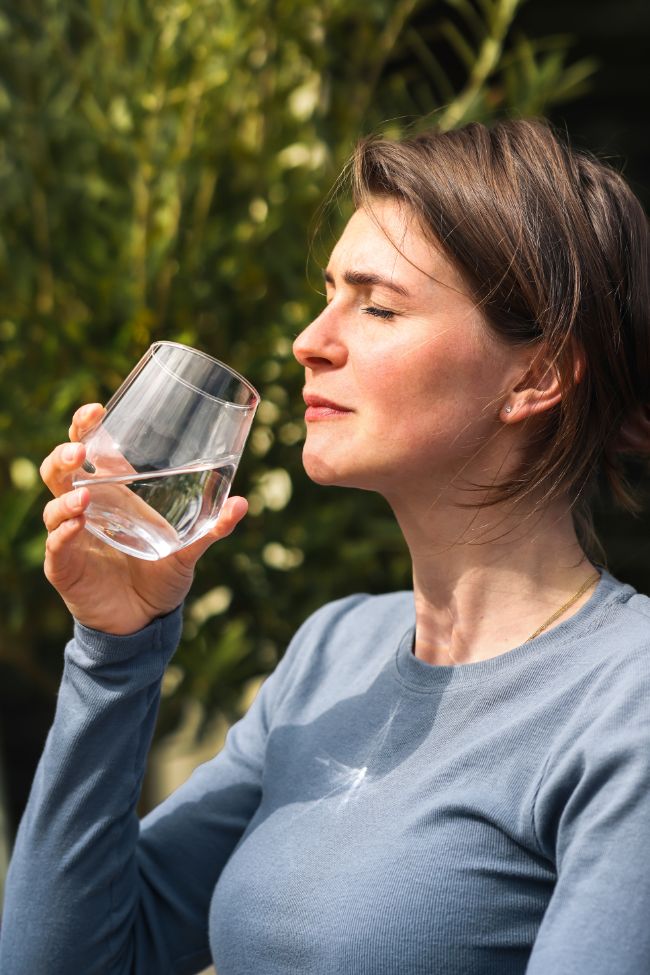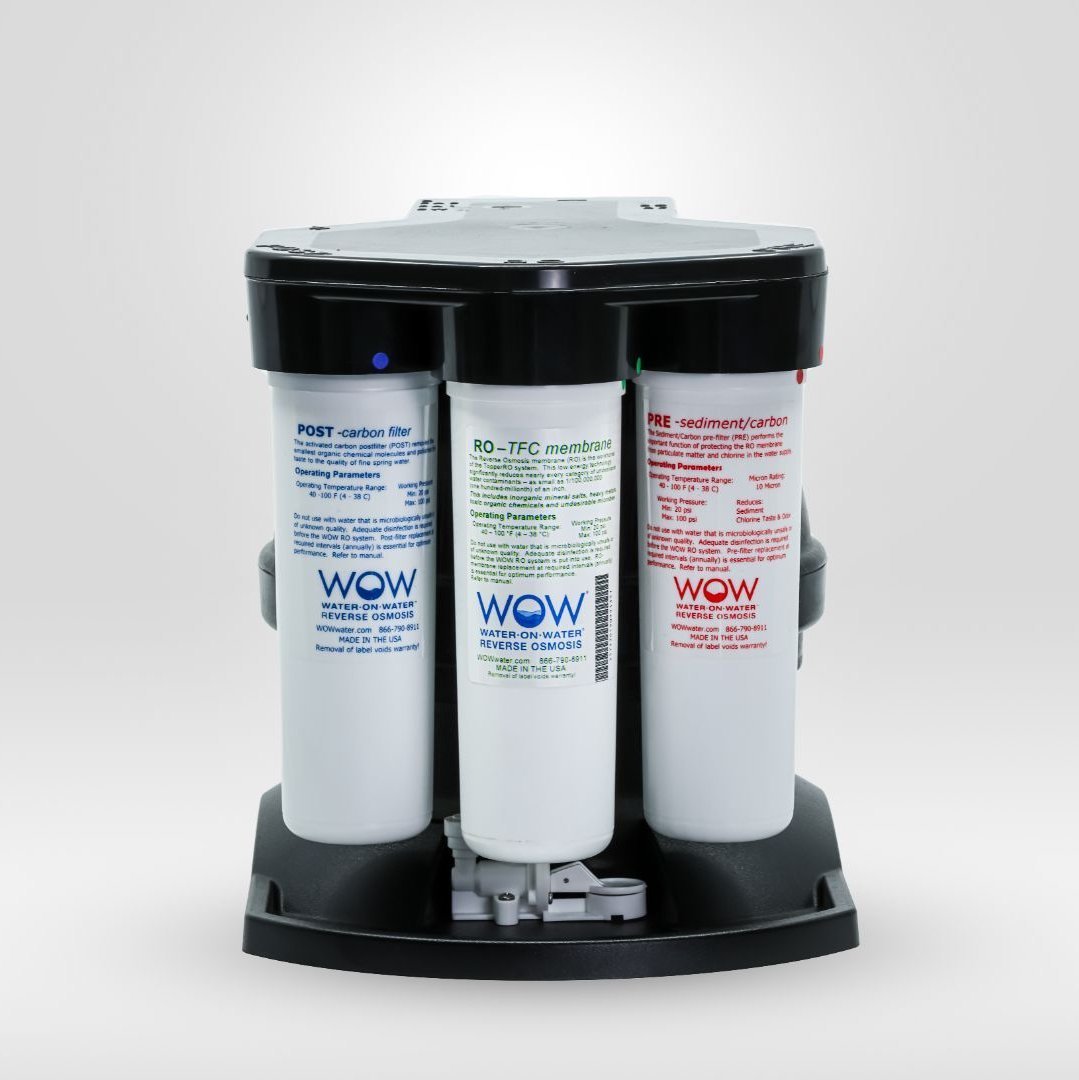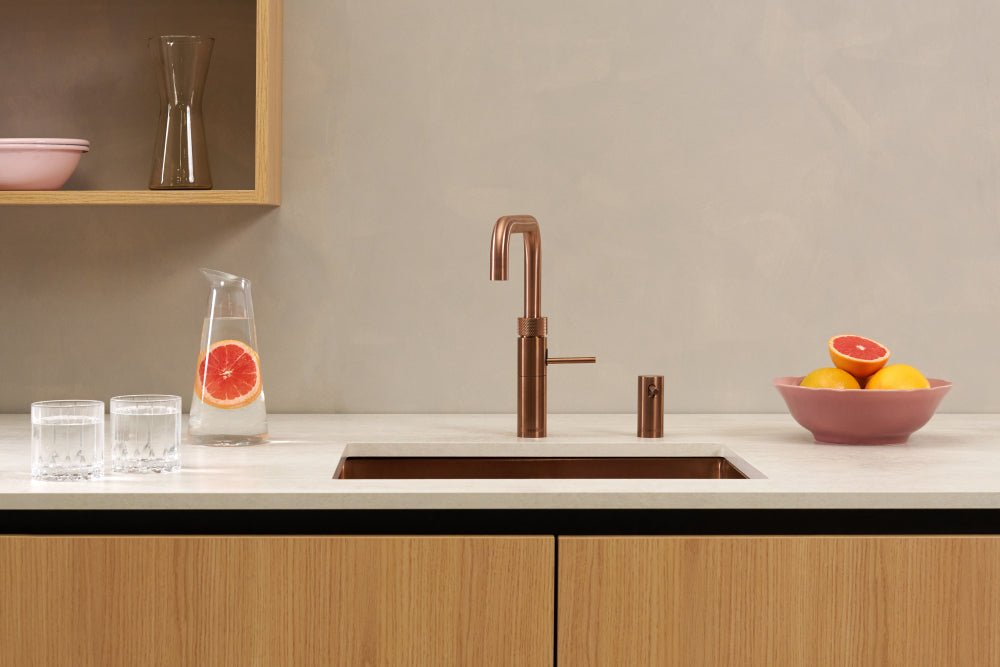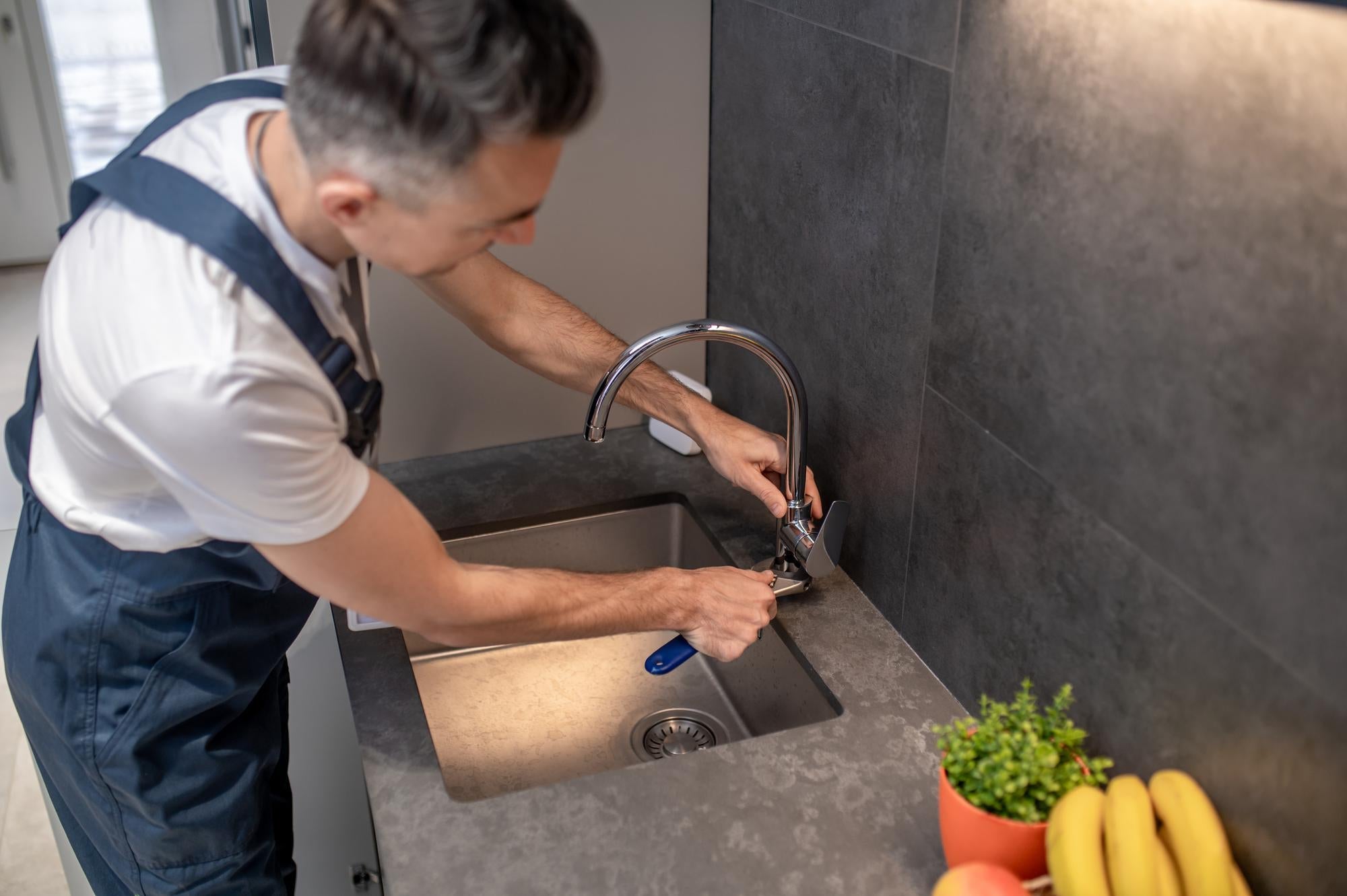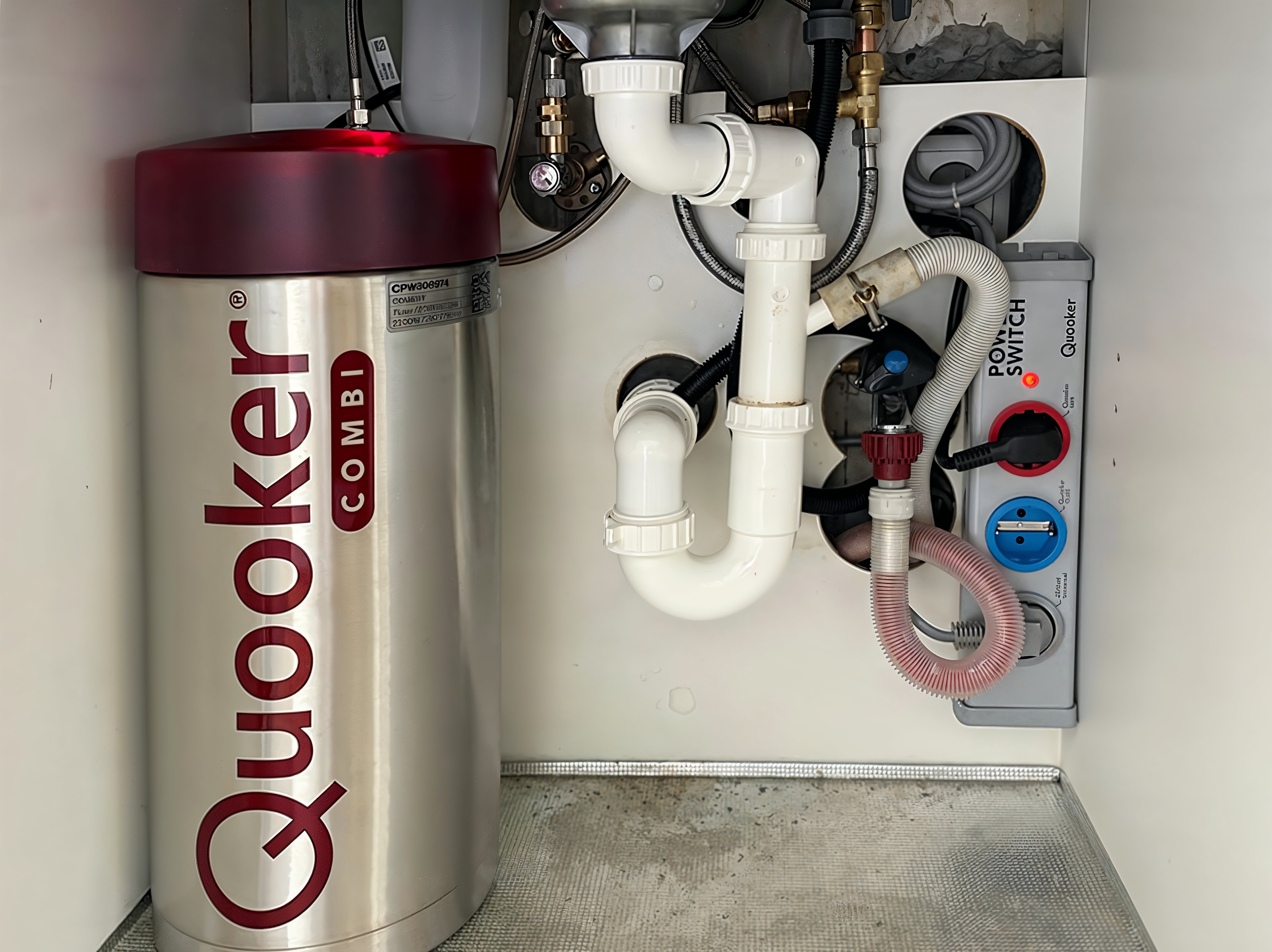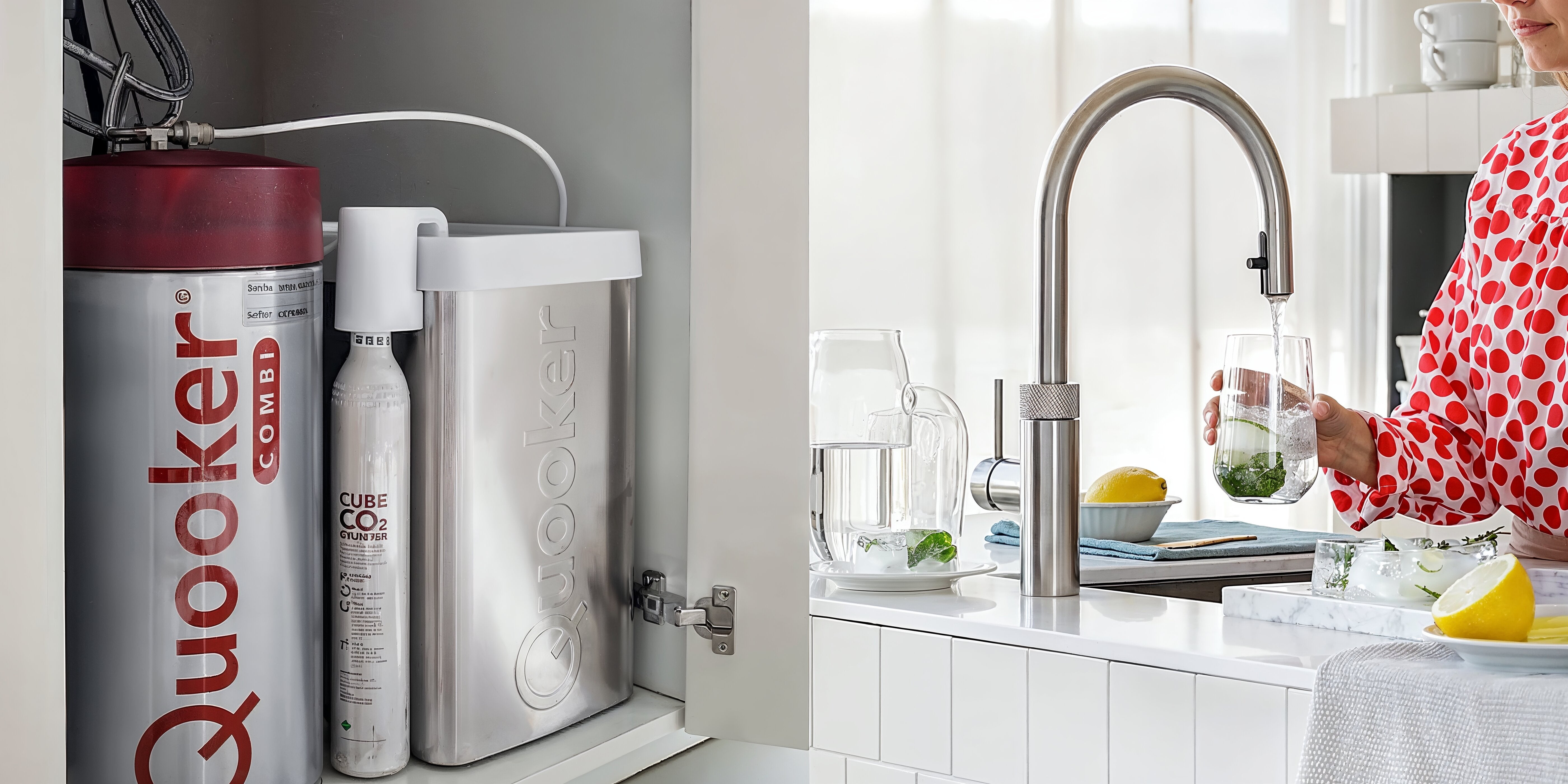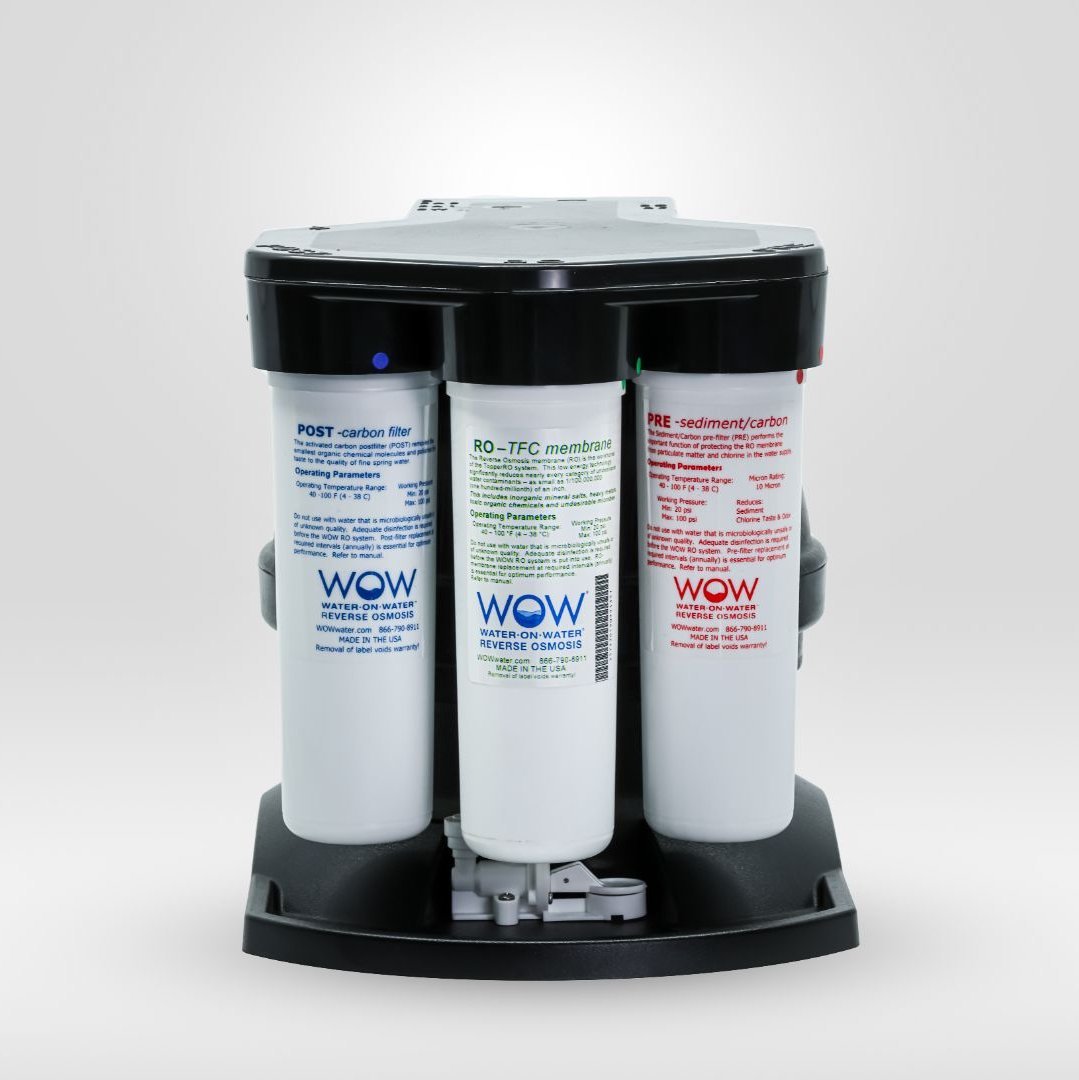The purchase price of a home water filter system typically ranges from €100 to €2000, depending on the type and functionality. A basic jug filter costs around €30-€100, while advanced reverse osmosis systems like The Source cost between €500-€1500. Besides the purchase price, you'll need to consider installation costs (€50-€300), replacement filters (€30-€200 per year), and potential energy consumption. Let's take a closer look at all aspects of home water purification costs.
What types of water purifiers are there for home use?
Several types of water filter systems are available for residential use, each with its own advantages and price ranges. Choosing a system depends on your specific needs, budget, and the quality of your tap water. Jug filters are the simplest and most affordable option, priced between €30 and €100. These filters are placed directly on the jug and remove basic contaminants such as chlorine and some heavy metals. They are ideal for those looking for an accessible solution without installation. Under-sink systems are installed under your sink and cost between €150 and €400. These systems filter only the water coming from a specific tap and typically use activated carbon filters that are effective against chlorine, pesticides, and certain chemicals. Reverse osmosis systems like our The Source are among the most advanced solutions and cost between €500 and €1500. These systems remove up to 99% of unwanted substances from tap water by forcing the water under pressure through a semipermeable membrane. They offer the highest level of purification and are IAMPO NSF/ANSI 58 certified for safety and reliability. UV purification systems cost approximately €200 to €600 and use ultraviolet light to kill microorganisms such as bacteria and viruses. These are often combined with other filtration systems for complete purification. Whole-house systems are the most expensive option, costing between €1,000 and €4,000. They purify all the water that enters your home, giving you not only purified drinking water but also cleaner water for showering, laundry, and other household chores.
What are the installation costs of a water purifier?
The installation costs of a water filter system are a significant part of the total investment. Depending on the type of system and whether you opt for professional installation or DIY, these costs vary considerably. For professional installation of an under-sink system or reverse osmosis system, you should expect to pay between €100 and €300. This price includes labor, necessary materials, and connecting the system to your existing plumbing. For more complex systems, such as whole-house solutions, installation costs can reach up to €500. If you opt for DIY installation , you'll save on labor costs, but you may need additional materials such as hoses, fittings, and tools. Expect to pay between €50 and €100 for this, depending on what you already have. Some systems require plumbing modifications , especially if your current plumbing is outdated or incompatible with the new system. These modifications can cost an additional €100 to €250. Some water purifiers require a separate tap for filtered water. These faucets range in price from €50 for a basic model to €300 for designer faucets with additional features. At PureAqua, we offer a variety of high-quality faucets that perfectly complement our systems.
| Installation type | Average costs | Points of interest |
|---|---|---|
| Professional installation | €100-€300 | Warranty, fast installation, professionally executed |
| Do-it-yourself | €50-€100 | Lower costs, more time investment, possible risks |
| Pipework adjustments | €100-€250 | Sometimes necessary in older homes |
How long does a home water purifier last?
The lifespan of a water filter system is a crucial factor in determining the total long-term cost. With proper maintenance, quality systems can last for many years, but different components have different replacement intervals. The base unit of a good water filter system lasts an average of 10-15 years. High-quality systems, such as our reverse osmosis solutions, are designed for long-term use and generally have a longer lifespan than cheaper alternatives. Filter replacement frequency varies by type:
- Sediment filters: every 3-6 months (€20-€40 per filter)
- Carbon filters: every 6-12 months (€30-€60 per filter)
- Reverse osmosis membranes: every 2-3 years (€100-€200 per membrane)
- UV lamps: replace annually (€50-€100 per lamp)
Your household's water usage significantly impacts its lifespan. A family of four will need to replace filters more often than a single person. Heavy use can shorten replacement intervals by 30-50%. The water quality in your region also plays a significant role. Hard water (high in minerals) or water with high contaminants causes filters to clog more quickly. With a TDS meter, you can test the quality of your tap water and better estimate how often you need to replace filters. Regular maintenance is essential for optimal performance and longer lifespan. This includes replacing filters on time, checking for leaks, and cleaning system components according to the manufacturer's recommendations.
What are the long-term costs of a water purifier?
To get a realistic picture of what a water purifier actually costs, it's important to look beyond the purchase price. The total cost of ownership over several years provides a more complete picture. The initial investment, as discussed earlier, ranges from €30 for a simple canister filter to €1500 for an advanced reverse osmosis system like The Source. For an average household, a high-quality under-sink system or a basic reverse osmosis system is often sufficient, with a purchase price around €500-€800. Replacement filters represent the largest ongoing expense. For a standard reverse osmosis system, these costs are approximately:
- Year 1-2: €100-€150 per year (pre-filters and post-filters)
- Year 3: €250-€300 (pre-filters, post-filters plus membrane)
- Then repeat cyclically
The energy consumption of most water purifiers is minimal. Passive systems such as jug filters consume no energy. Reverse osmosis systems, such as our powerless models, operate on water pressure and therefore do not use electricity, resulting in cost savings compared to electric systems. An often-overlooked advantage is the savings on bottled water . An average Dutch family switching from bottled water (€0.50-€1 per liter) to filtered tap water saves approximately €500-€1000 per year. This saving alone can recoup the investment in a quality system within 1-2 years. Taking all factors into account, the total cost of a reverse osmosis system over a 5-year period is approximately:
| Cost item | 5-year total | Average per year |
|---|---|---|
| Purchase + installation | €800 | €160 |
| Replacement filters | €700 | €140 |
| Energy costs | €0 (powerless system) | €0 |
| Total | €1500 | €300 |
Is a home water purifier a good investment?
When considering a water filter system, it's important to consider not only the cost but also the value it adds to your daily life. Let's analyze the cost-benefit ratio. The health benefits are significant but difficult to quantify in monetary terms. Filtered water removes up to 99% of harmful substances such as chlorine, lead, pesticides, and microplastics. Research shows that 62% of Dutch people recognize that keeping tap water sufficiently clean will be a challenge. By investing in a water purifier, you proactively take control of the quality of your drinking water. The environmental impact is a significant advantage. A household that switches from bottled water to filtered tap water significantly reduces plastic waste. Moreover, modern systems like The Source produce up to 500% less wastewater than traditional filtration methods, contributing to water conservation. The improvement in taste is immediately noticeable. Filtered water tastes purer and fresher, which also enhances the flavor of tea, coffee, and other beverages. Many users report that this encourages them to drink more water, which positively contributes to their overall health. Financially, the investment in a water purifier is often recouped within 1-3 years for households that regularly buy bottled water. With an annual savings of €500-€1000 on bottled water and a total annual cost of approximately €300 for a quality system, the financial balance is positive. The added value for your home is also worth considering. A permanently installed, high-quality water filtration system can increase the value of your home and be an attractive selling point. In summary, a home water purifier is a wise investment for those who value health, sustainability, and quality. The initial cost is more than offset by the long-term benefits, both financially and in terms of quality of life. At PureAqua, we are happy to help you find a system that perfectly suits your needs and budget, so you can optimally enjoy pure, healthy water straight from your tap.
